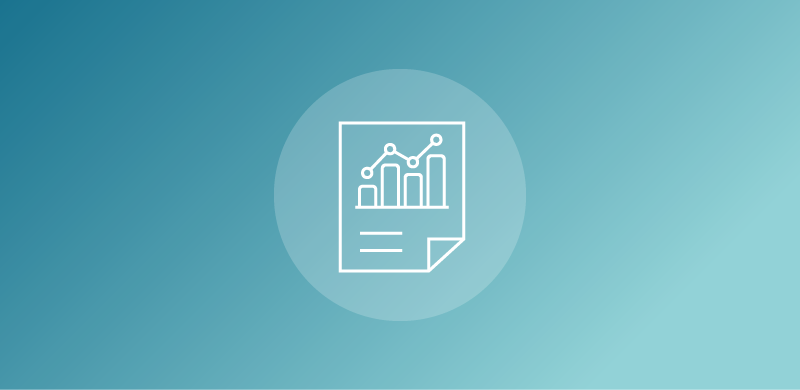What happened?
Lucanet has announced the acquisition of firesys GmbH, a German provider of disclosure management solutions.
This is Lucanet’s fourth acquisition in the last three years. In 2023, they acquired the disclosure management and tax specialist AMANA as well as cash management specialist ementexx. Last year it substantially extended its operational planning functionality with the acquisition of UK-based Causal.
firesys is a well-established vendor founded by Michael Konrad in 1989. It has initially built a loyal customer base with a MS Word add-in for the last mile of reporting. Over the years, the range of functions has been extended to become a comprehensive disclosure management solution. It includes functionalities for e.g., XBRL or ESG reporting. Interestingly, the XBRL module has already been licensed from AMANA in the past.
Although they have a relatively small team of around 35 employees, the customer base is significant. A substantial share of publicly listed companies in Germany and Austria are among its customers earning it a strong position in the market.
The two current owners, Diana Kaufhold and Imran Mohammed, have announced that they will remain on board to support the integration process and the development of an integrated solution.
What is interesting about it?
The disclosure management market segment is a very interesting niche, especially in Europe due to the strict regulatory requirements. The topic is very close to solutions for financial consolidation in terms of subject matter and the buying center.
Many leading vendors of consolidation software have acquired a disclosure management vendor such as Fluence (now part of Anaplan) acquiring Sturnis 365 or insightsoftware buying Certent. Others have developed own capabilities in this area like SAP, CCH Tagetik or OneStream.
Background and technological fit
- Lucanet now has two disclosure management solutions in its portfolio: Disclosure Management which has already incorporated major capabilities from AMANA’s SmartNotes since acquisition, and now firesys. There are some overlaps between the two solutions, a reason that previously often made them compete directly in the market.
- In addition, a big portion of firesys customers do not use Lucanet as their consolidation solution of choice. They use a variety of different products, including direct Lucanet competitors such as CCH Tagetik, insightsoftware IDL, or SAP.
- This presents Lucanet with the challenge of assessing and bringing functionalities into a common solution (Lucanet Disclosure Management) combining it to one product without losing the distinct advantages of both products.
Potential negative effects for customers
- firesys has a good reputation as a small company with close customer relationships and direct communication. These strengths could suffer in the now significantly larger environment.
- Lucanet will be interested in migrating as many firesys customers as possible to its larger Lucanet platform. This could slow down the further development of the core firesys product.
- As a part of the platform strategy, over a longer period of time, the two solutions will be merged into one and available on the Lucanet platform, which means that some customers will likely need to undertake migration projects sooner or later.
It should be noted that, following the acquisition of AMANA, Lucanet faced similar challenges – and has so far earned a good reputation for its treatment of existing customers.
Potential positive effects for customers
- Lucanet is a significantly larger organization with around 900 employees and a strong partner network in Europe. This means that firesys’s often large, publicly traded customers now have a larger, more stable partner with more local support points at their side.
- firesys is considered a functionally sound product with particular strengths in layout functionalities in the final stage of reporting. Combining this strengths with the existing, functionally rich cloud-based Lucanet disclosure management solution would add value to most Lucanet customers.
- With Lucanet’s significantly broader functional platform, customers have the possibility to gradually expand the solution to other areas such as tax, banking, and cash management or more comprehensive coverage of ESG reporting on the CFO solution platform.
Strategic outlook
The question of “platform or point solution” is highly relevant when it comes to consolidation, group accounting, and financial close. This acquisition underscores a trend we have been seeing for several years: the major providers are increasingly closing functional gaps. Their platforms increasingly integrate areas such as financial consolidation, disclosure, tax, risk management, and account reconciliation. Beyond that, all the leading vendors are improving AI/ML capabilities across their whole platforms by integrating ML, generative AI and increasingly agentic AI.
Platform providers, most often coming from the financial consolidation market, are increasingly driving this trend – and Lucanet’s development is a good example for that. Rather than competing mostly on an isolated functionality, today’s leading platforms differentiate themselves through comprehensive capabilities, ideally delivered on unified data models.
Buyers’ interest in this approach makes selling point solutions more challenging. In current selection projects at BARC, we observed are decreasing number of “independent” niche products with a significant local market presence.
For customers, this means that it is worth taking a wider look at financial platforms when selecting a new software. In most cases today, several functional modules are integrated on one platform, and point solutions are used less frequently than in the past.





